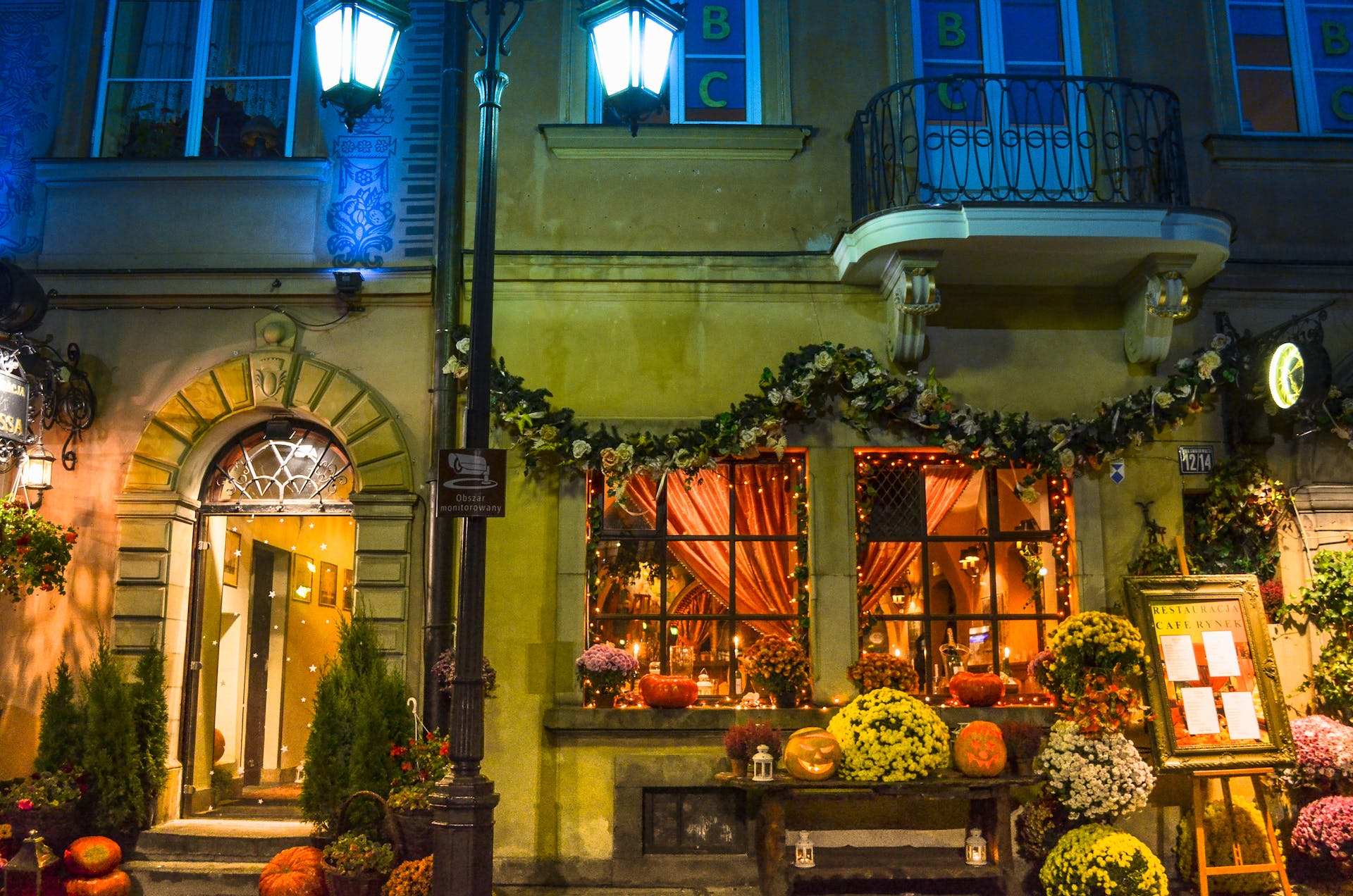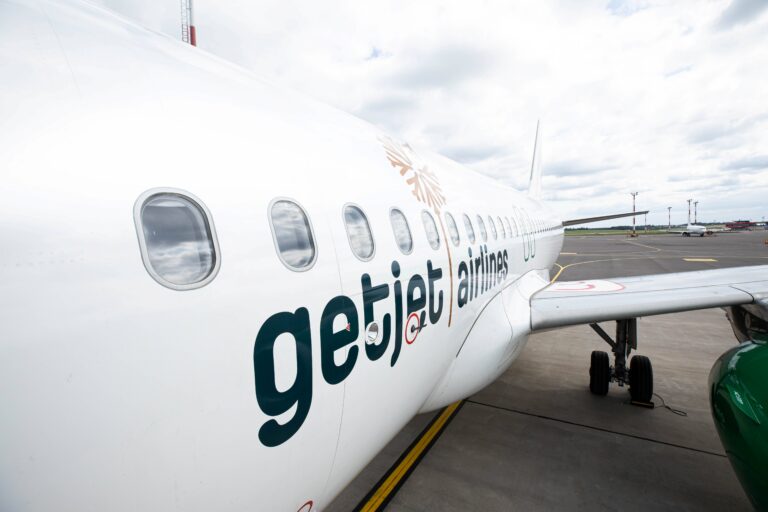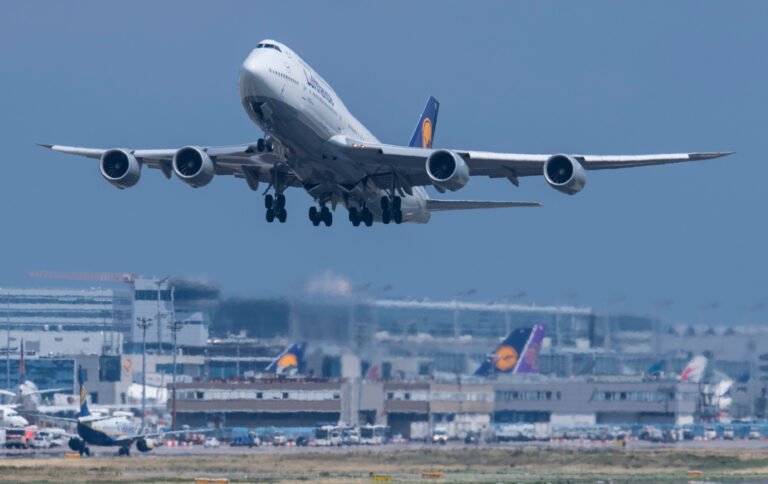In 2022, the EU had an estimated total of 28.9 million bed places available across more than 620 000 tourist accommodation establishments.
Data showed a complete recovery in terms of tourism accommodation offers in 2022. Compared with 2020, the year the COVID-19 pandemic started, the number of bed places increased by 3% (+765 900) and the establishments by 4% (+24 400) and compared with 2019 both the number of bed places (+1%; +150 400) and establishments (+1%; +3 600) increased.
Italy and France accounted for slightly more than one-third of the total available capacity, with 5.2 and almost 5.1 million bed places, respectively. Spain and Germany followed, with 3.8 million (13% of the total) and 3.6 million (12%) bed places.
This information comes from data on tourist accommodation published by Eurostat today. The article presents a handful of findings from the more detailed Statistics Explained article on tourism statistics – annual results for the accommodation sector.
EU countries continue to fuel intra-EU tourism market
In 2022, the EU registered a total of almost 2.8 billion nights spent in EU tourist accommodations, of which almost 1.6 billion were spent by domestic tourists and 1.2 billion by international guests.
Data for 2022 show that tourists coming from other EU countries represented 65% of the 1.2 billion nights spent by international guests. This share was substantial but still lower than in 2021, when 75% of the guests were from other EU countries, in reaction to the travel limitations during that year due to the COVID-19 pandemic.
Nights spent by tourists from other European countries represented 22% of the total, indicating a large increase from the previous year (+5.3 percentage points (pp)).
In 2022, 6% of the international nights in EU accommodations were spent by tourists from North America (+2.4 pp than in 2021), while guests from Asia represented 4% (+1 pp), Central and South America 2% (+0.8 pp), Africa almost 1% (no change) and Oceania 0.5% (+0.3 pp).
Between 2022 and 2021, the biggest difference in the EU tourism market was that the weight of intra-EU tourism lessened slightly, and the number of tourists from all other regions increased. If in 2021, only 8% of nights spent by international guests were spent by tourists from other world regions outside Europe, in 2022 that share increased to 13%. As travel restrictions were lifted, international tourists welcomed the opportunity to visit EU countries, and EU nationals also travelled abroad.
Source: ec.europa.eu/eurostat






















